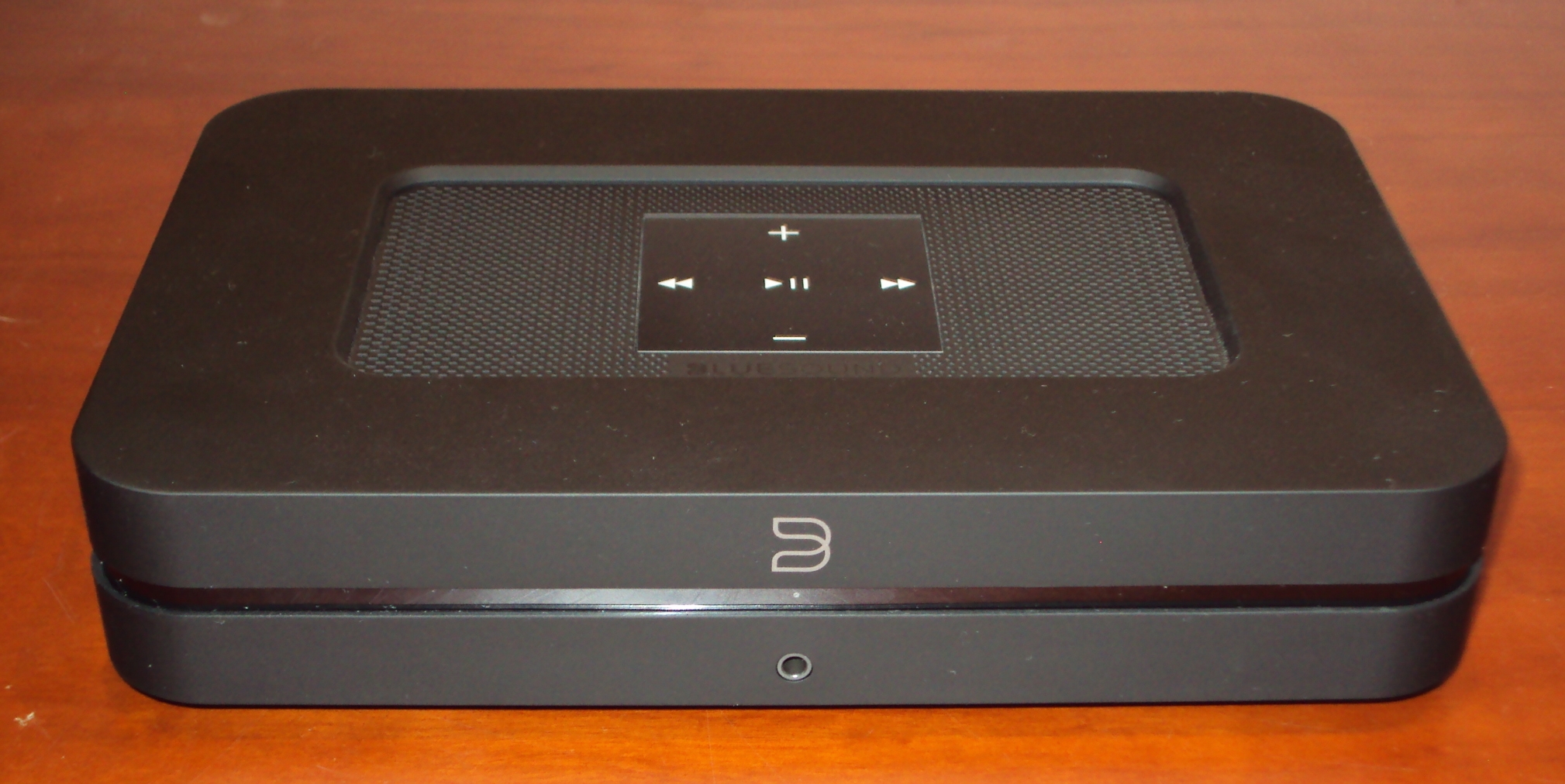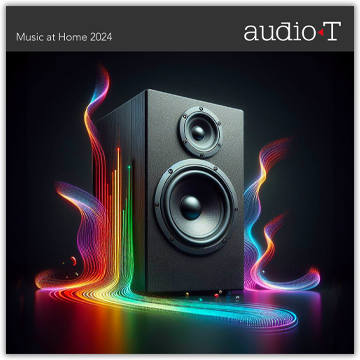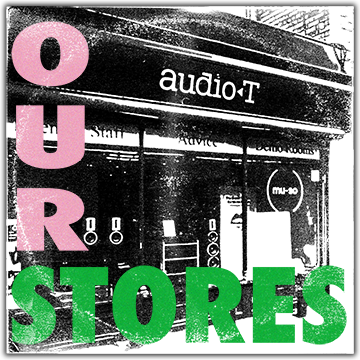Dreaming About Music Streaming? What Does It All Mean?
/There are a raft of new products available that allow you to stream your music and the idea behind this blog, is to highlight one or two products and explain the basics of how to incorporate a "streamer" into your existing Hi-Fi system.
Streamers - Clockwise from top left: Bluesound Node 2 £499, Yamaha WXAD-10 £149, Sonos Connect £349, Naim ND5XS £2430, and Yamaha WXC-50 £329
Firstly perhaps I should explain what we mean by "streaming". There are two forms of streaming:
1. Directly from the Internet via a service like Spotify, Qobuz or Tidal. These services are a little like SKY, you pay a subscription every month and get access to their massive, and constantly updated, music library. Prices are usually £10-20 a month. The streamer needs to support the service you are interested in and not all streamers support all streaming services.
2. Music stored locally on a computer or network hard drive (NAS drive). Usually these are CD's that have been copied onto a computer / NAS drive, or music downloaded from the internet.
Bluetooth or Airplay could also be considered "streaming" but neither are a particularly high quality method so I'm not going to cover those. However a number of streaming products do include them.
Our Apple iPad Mini with the Tidal App. 9 out of 10 Streamers use an App as a remote control so you will need an iPad / iPhone or Andriod phone or tablet (like a Samsung)
So why bother with streaming?
The two main reasons are:
1. Easy access to your entire record collection without having to go looking for the CD.
2. By adding more streamers you can get music all around your house, easily controlled by a tablet or smart phone
You can make playlists, or you can just play a random selection from your whole collection, it's great to hear some of the older stuff that got buried at the back of your CD rack and forgotten about. If you subscribe to a streaming service you have access to millions of tracks and never need to buy a CD again!
What about quality?
Typically streamed music is around the same quality as CD. You can make it better if you get the more expensive kit but most of the time it's roughly comparable to CD quality. Tidal and Qobuz are better quality than Spotify if you are using a streaming service but are more expensive, but do allow you to stream (Qobuz / Tidal) and download (Qobuz) 24bit Hi-Res music.
However copying (ripping) your CD's is where it can seem complicated because there are so many different file types used to store music. Pretty much everyone has heard of MP3, but that's the lowest quality 'lossy' format which in the process of conversion removes some of the information to allow it be compressed down to the smallest possible file size.
You could start with Apple Lossless, it's better than MP3, Itunes is easy to use and it's widely supported - it's a proprietary format and will only work with Itunes and the Apple ecosystem. However, we would recommend FLAC (Free Lossless Audio Codec), it's the next step up in quality it's an open (not hardware dependent) lossless (No data is removed from the converted file) format and is widely supported. WAV is the original CD source file but it's uncompressed, so it takes up a lot more hard drive space and there can be problems with track information (meta data) being transferred correctly, so unless you are going for high end quality we would suggest using FLAC or ALAC if you're an Itunes user - FLAC will not play on ITunes. If this seems really daunting then there are several products that will rip and store your CD's, making the process as simple as possible. e.g. Innuos Zen Mini or Naim Uniticore
Time to look at kit.
If you want to dip your toe into the "streaming" water, Yamaha have just realised a new product, and at £149 it's very affordable.
Yamaha WXAD-10
The Yamaha WXDA-10 uses Yamaha's MusicCast technology which is also incorporated in a good number of other Yamaha products including most of their recent Home Cinema Amps. The MusicCast app is pretty good with all the normal streaming services like Spotify etc.
Yamaha MusicCast app
The WXDA-10 only has analogue connections so plug it into an aux input on your amplifier and follow the instructions on the app to set it up in 5 mins.
Another recent addition to our collection of streamers is the Bluesound Node 2 £499
Bluesound node 2
The Node 2 can be connected with normal analogue interconnects, but also has digital outputs.
bluesound node 2 back panel
It's an obvious sonic improvement over the cheaper Yamaha. The Bluesound boasts MQA (Master Quality Authenticated) compatibility (yet another new high resolution music file format!) along with all the other usual features, and a decent app better used on a larger ipad.
Bluesound App
All the streamers mentioned or pictured are available for demonstration in store, where you can try the apps for yourself. We will always try to answer any questions you have.
Yamaha Hi-Fi products are available from the following branches of Audio T:
Brentwood, Bristol, Cardiff, Enfield, Manchester, Online, Oxford, Portsmouth, Preston,
Southampton, Swansea,
Bluesound Hi-Fi products are available from the following branches of Audio T:
Manchester, Online, Portsmouth, Swindon














